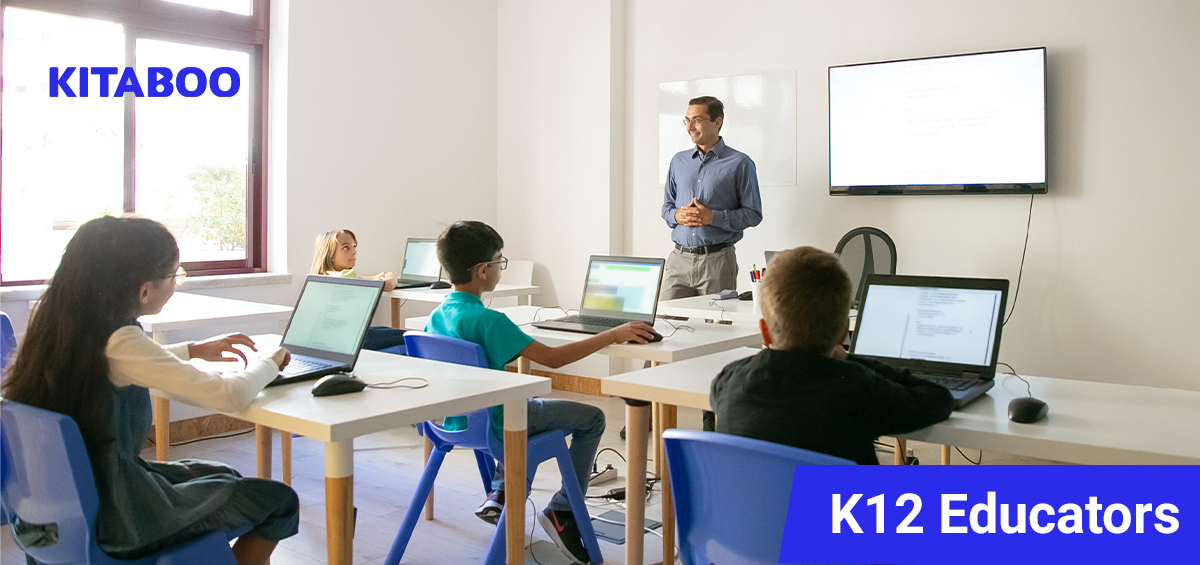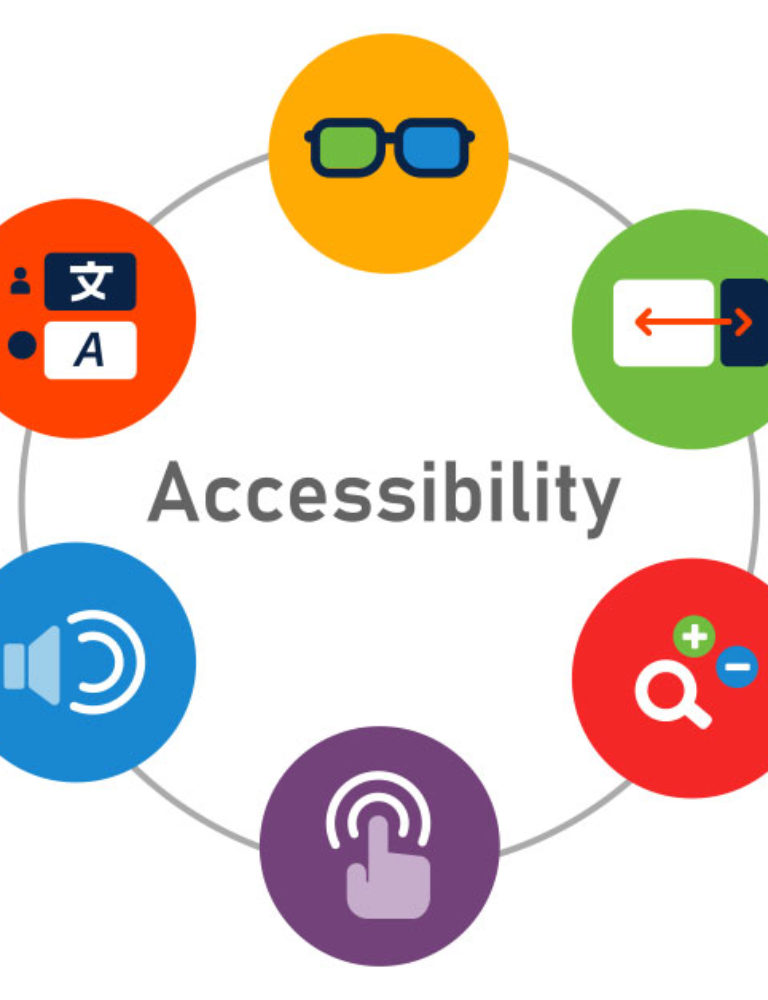Education is an industry full of contrasts, especially in the context of digital transformation. For an industry that makes up over 6% of GDP, it is under-digitized today, with less than 4% of the budgets allocated to digital learning platforms and educational technologies.
Even though digital transformation has changed pedagogies and educational methodologies quite a bit, the K12 education sector has yet to capitalize on its benefits.
Through this blog, educators would get to understand how they can deliver learning to students in better ways using educational technologies. These insights are crucial for the better utilization of educational technologies in preparing this industry for what is to come in the future.
Table of Contents:
How Digital Learning Platforms Help Educators?
What seems tough to adapt to initially can come as an opportunity in disguise for educators. Here’s how.
Creating Lessons in a New Way
The digital transformation has brought about enough frustration for educators with having to rewrite the entire curriculum from the ground level.
That said, there is a great opportunity to do that because it allows educators to recreate the entire coursework in microlearning modules.
These bite-sized digital lessons reduce the cognitive load on students and allow for better retention and recall.
Mobile-First
Today, every student has a mobile phone, while not all students may not necessarily own a computer. Educators can maximize the outreach of their courses by leveraging the penetration and reach of mLearning by creating content that is delivered mobile-first.
The media in this content is mobile device friendly, allowing students to participate in online learning courses without using laptops. Educators need to ensure that they discuss usage patterns with their students to deliver optimum learning modules.
Flipped Classrooms
The concept of flipped classrooms has been a tough one to adapt to. However, digital learning platforms allow educators to create content that is self-paced, engaging, and interactive.
This allows students to consume lessons in their own time while managing their distractions in daily life efficiently.
Furthermore, these platforms also allow educators to track student performance automatically. They can keep an eye on the course progress while giving students control over how they progress with a lesson.
Online Communities
Much like social media is like a virtual platform to meet and greet friends, interactive learning platforms can double up as a learners’ community.
Teachers can create virtual rooms where students can:
- gather and discuss coursework,
- interact with each other,
- participate in educational games or gamified course modules, and much more.
There exist quite a few learners’ communities online that educators can leverage. They can also create their own platforms for K12 education using digital learning platforms.
How Interactive Learning Platforms Have Transformed Learning
Digital learning platforms for K12 education have helped bring learning methods on a digital scale. They have operationalized the K12 education sector even in the face of adversities like COVID-19.
Some ways these platforms can further enhance the learning methods and delivery are discussed below.
Elevated Learning Experience
Interactive learning platforms for the K12 education sector offer enhanced learning experiences, transforming the traditional lesson delivery into an almost ‘fun’ event:
- The content is more engaging that utilizes animations and gamification to sustain learner attention.
- Personalization using the power of AI helps to pace a course according to the learning capacity of the users. It also helps customize the recap and quizzes that target the learners’ weaker concepts.
- Since digital learning platforms offer dynamic content, it is possible to keep the information in the coursework relevant according to the latest events. Unlike textbooks, students learn apposite lessons through digital methods.
Effective Courseware Delivery
Digital transformation has allowed for a scattered classroom setup wherein students aren’t present in the same location. While it posed a challenge to deliver the coursework to students in an effective manner, interactive learning platforms have solved that challenge as well:
- Since most students have mobile phones, digital platforms can make it possible for them to access the course material using an app. All the students need is an active internet connection.
- For those learners who need a little assistance with reading the written text, digital learning platforms for K12 education come equipped with assistive technologies like text-to-speech. It enables them to access the coursework easily and progress more quickly.
- The fact that digital learning platforms are cloud-hosted enables educators to roll out updates that reflect everywhere in one go quickly. It also allows students to tap into a central knowledge base from anywhere and use any device they have access to.
Additionally, digital coursework is more affordable for students who require economic assistance to engage in learning. Instead of having to purchase textbooks for every subject, they can simply sign-up for a course that covers all their knowledge requirements.
Using digital learning platforms and their capabilities, educators can track the learning analytics of all their students, including course progress, performance, and engagement.
A Few Prior Considerations
Before you make the decision to implement digital learning platforms for K12 education, a few things need to be lined up for the best results.
Wi-Fi
Digital education thrives on good connectivity. Before you go ahead and take the leap, you need to consider partnering with a network provider. From your internet, you would need:
- Capability to upload and download heavy volumes of data.
- Capability to allow high traffic through servers.
- Bandwidth that is able to accommodate app usage by a large number of learners at the same time.
- Low latencies.
Educator Preparedness
Not all educators are comfortable using digital methods of teaching. Reasons could be as simple as familiarity or as complex as availability and network access.
Therefore, ensure that your educators are on-board with the idea of digital transformation before going all-in.
Ancillaries
While digital learning platforms are easy to implement, they also need regular maintenance and upgrades. This necessitates the requirement for ancillary services (like a tech team, training, skill-building sessions, etc.).
Consider the cost implications of these services before you make the decision.
Conclusion
Bringing the K12 education sector up to par with the rest of the digitized world has been a bumpy ride. However, with the availability of extremely capable platforms like KITABOO, educators finally have the tools they need to make it happen.
From digital publishing solutions to training solutions, KITABOO offers full-scope services for K12 educators. To learn how we can assist you, write to us at kitaboo@hurix.com.
Discover How An Ebook Conversion, Publishing & Distribution Platform Can Help You
Kitaboo is a cloud-based content platform to create-publish & securely distribute interactive mobile-ready ebooks.
You May Also Like








